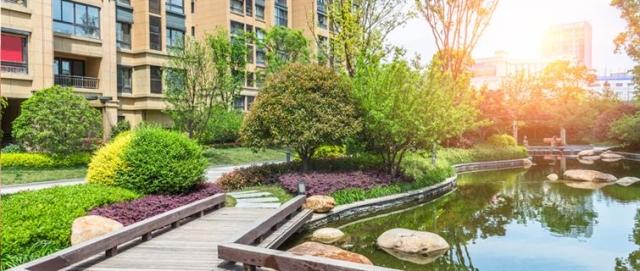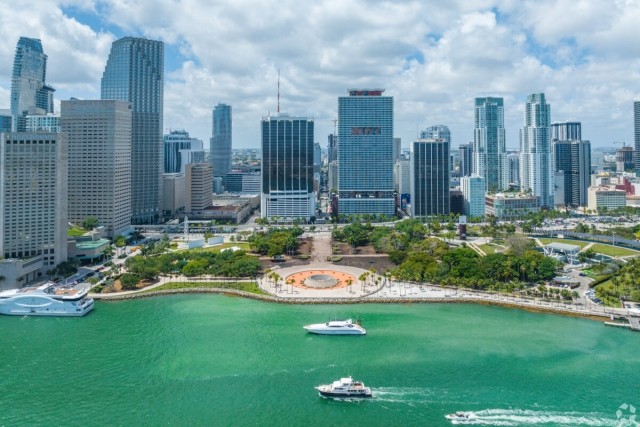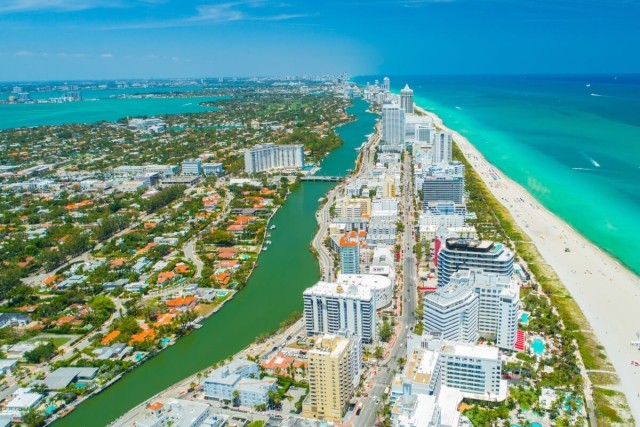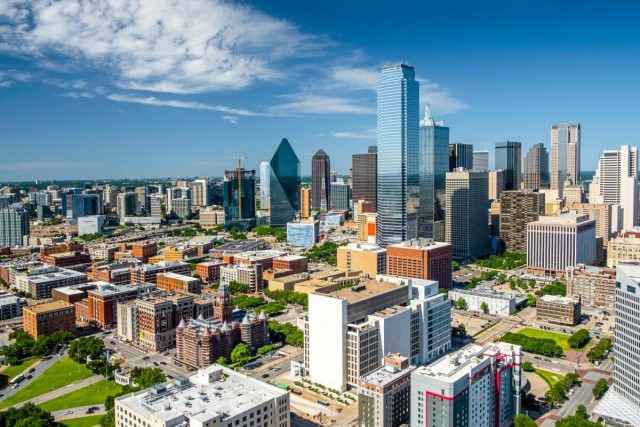Choosing a new place to live opens a world of possibilities. It’s an adventure into unknown territory, and it’s completely up to you where you choose to go. There are so many options that it can be overwhelming, especially if you’ve never visited the city to which you are moving. How do you choose the right neighborhood for you?
When choosing a new neighborhood, take some time to reflect on your personal preferences. Do you enjoy the anonymity that comes with being in a large crowd, or do you prefer a place where everyone knows your name? How do you feel about hiking and spending time outdoors? Would you rather be shopping? While no location is perfect, knowing what type of neighborhood fits you best will help you narrow down the options and find one that’s perfect for you.
Analyze Your Current Neighborhood
The best way to determine what you want in your next neighborhood is to take a closer look at your current neighborhood. While every neighborhood is unique, knowing what traits you like and don’t like will help you choose a new location. Perhaps you want your next neighborhood to be exactly like the one you live in now. Or maybe you want the complete opposite. Think about the things you enjoy about your neighborhood and the things you would change if you could.
Determine How Much You Want to Spend on Rent
Some neighborhoods are more expensive than others. How do you determine if the cost is worth it? Remember: you don’t want to spend more than 30 percent of your income on rent. If you are trying to save, you’ll want to stay below that threshold. Would it bother you to spend more for a smaller place if it is in the right location, or would you prefer to get more for your money? Downtown neighborhoods are often pricier than those in the suburbs and small towns.
Do You Want a Quiet Neighborhood or One With Some Noise?
Some people prefer noise and energy to quiet and subdued. Or maybe you would be happiest with something in the middle, such as activity during the day but peaceful nights. If you aren’t sure, try visiting some neighborhoods. If you can’t visit the city you are planning to live in, perhaps visit a nearby city with a popular downtown neighborhood. Spend some time exploring the area and listening to the sounds around you. Do you find the noise energizing or draining? If you aren’t sure if the noise would keep you up, consider getting a hotel room for the night and see if you can sleep. Do the same with a quiet neighborhood to see which option you prefer.
Neighborhood Traits and Amenities
What do you enjoy doing in your free time? Think about your hobbies and interests. You want a neighborhood that will support the things you enjoy doing, whether it’s cooking, camping, or painting. Maybe you enjoy jogging and need a neighborhood with lots of sidewalks. Maybe you can’t live in a place that doesn’t have a yoga studio or a golf course. Maybe you want to live near a university or a hospital. Make a list of your must-have neighborhood amenities, including:
- Restaurants and bars
- Museums and theaters
- Shops and art galleries
- Parks and hiking trails
- Office buildings and businesses
- Festivals and community events
- Farmers markets and you-pick farms
- Universities and colleges
- Transportation (airport, train station, bus system)
- Sidewalks and bike lanes
Must-Have Apartment Amenities
Depending on location, you’ll find different apartment features and amenities. For example, in busy downtown neighborhoods where space is limited, rent will be higher and square footage will be smaller. You might have a difficult time finding amenities that require space, such as pools and fitness centers. Suburban and rural apartment buildings tend to offer more space for less rent, and they often have amenities that you don’t find in other locations.
If you are still unsure about whether you want a downtown, suburban, or rural neighborhood, this quiz might help you narrow it down:
I’m trying to save:
- $500 or more a month
- $250 or more a month
- Something, but it’s not a priority right now
Noise is …
- Bothersome!
- Not ideal, but I can tolerate some noise.
- Great! I love the sounds of city on the move!
Restaurants should be …
- Accessible, but I don’t mind a short drive.
- Here and there. If there are a couple nearby, that’s fine.
- Everywhere!
My commute …
- Is my personal time to reflect, listen to music, and relax. I don’t mind a longer commute!
- Should be a half hour, tops!
- Should be as short as possible, and I’d like to have mass transit available.
My must haves are …
- Square footage, space, quiet
- Layout, location, space
- Location, plenty to do, lots of options
When I look out the window of my apartment, I want to see …
- Nature in the form of mountains, water, or forest.
- The apartment grounds, maybe the picnic area or the pool.
- Bright lights and lots of neon signs!
Tally up how many A’s, Bs, and Cs you answered. Now, let’s take a closer look at the results.
Where to Look For Your New Neighborhood
After reflecting on your preferences, your ideal neighborhood should become clear and you should be able to decide whether you want to focus on downtown, suburban, or rural neighborhoods.
Downtown neighborhoods (Mostly “C” answers)
If you prefer plenty of activity, nightlife, shops, and restaurants, and you are willing to sacrifice square footage and pay a little more, then a downtown neighborhood might be the perfect option. For you, not having to commute is worth the extra noise that comes with being in the heart of the city.
Suburban Neighborhoods (Mostly “B” answers)
Perhaps you want to be close to the city, but not too close. You don’t mind commuting if you can get more square footage at a better price. For you, apartment amenities like a swimming pool and on-site fitness center are more important than having shops and restaurants right outside your door. You want nightlife to be close enough to enjoy, but not so close to keep you up at night.
Rural Neighborhoods (Mostly “A” answers)
You’d rather look out your window and see greenspace and wildlife than shops and corner markets. A rural neighborhood may mean you have to drive a bit farther to reach restaurants and theaters, but the peace and quiet is well worth it.
Not all neighborhoods are the same, but location plays a big part in how well a neighborhood might fit your needs. Keep in mind that a neighborhood that suits you now might not be the best fit in the future. Preferences and lifestyles change, so focus on the neighborhoods you want now rather than what you think you might want later on.






